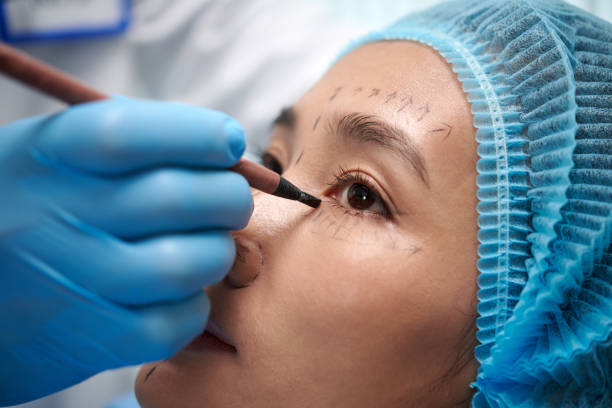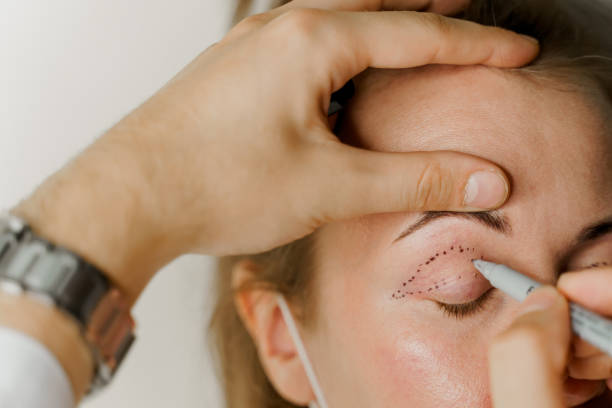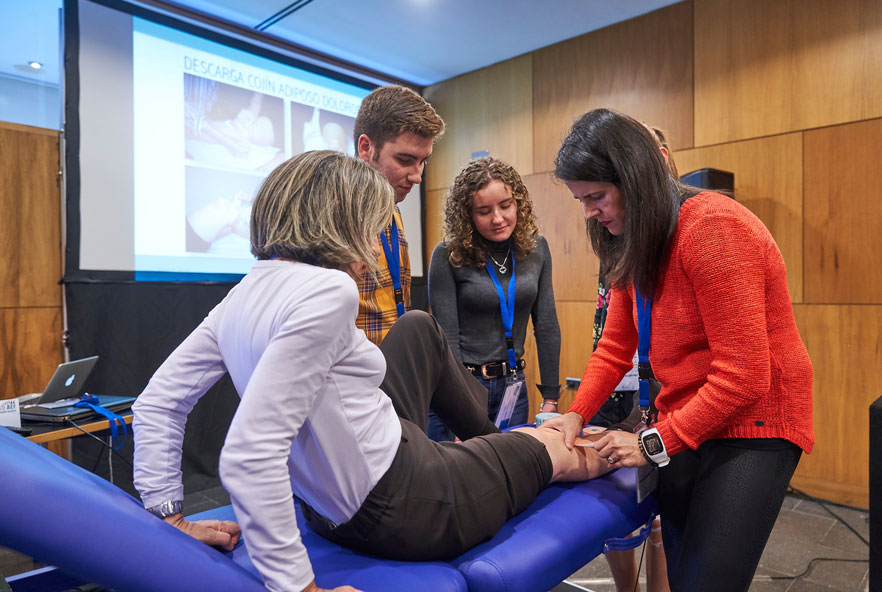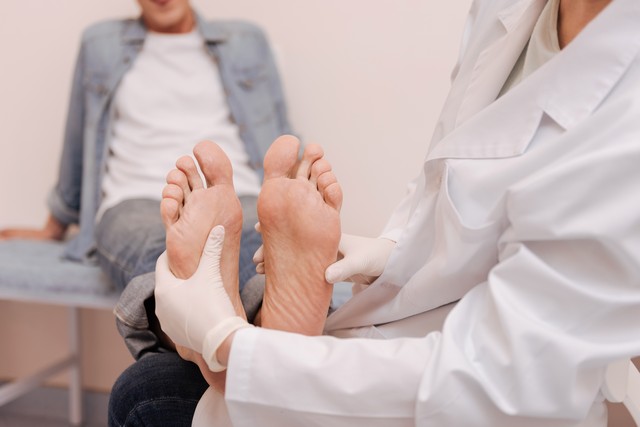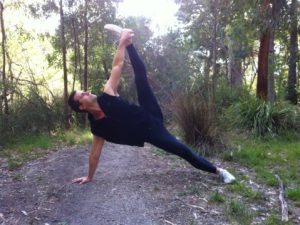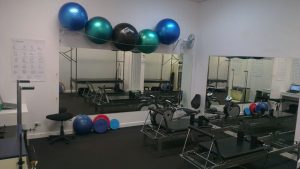Foot and ankle pain is common, especially for people who work on their feet all day or exercise. Many types of foot pain can be alleviated with rest, stretching exercises, orthotics and well-fitting shoes.
The plantar fascia is the length of tissue that stretches along the bottom of your foot, helping your arch absorb shock and distribute weight evenly. It’s the longest ligament in your body.
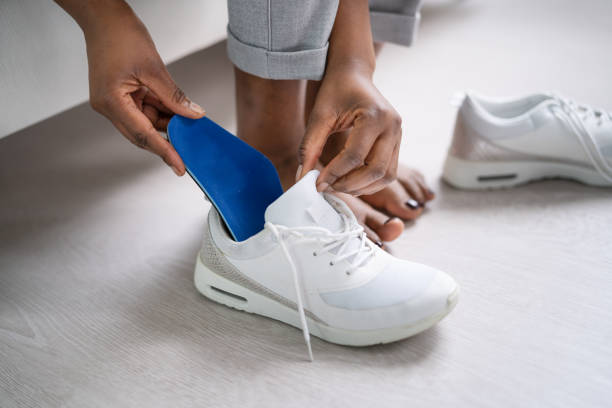
Orthotics
In addition to helping you stretch and exercise, Cheltenham podiatry may also recommend special shoe inserts called orthotics. These slips help support your feet and distribute pressure more evenly to lessen your pain. They can be bought over-the-counter or custom fitted by a podiatrist.
Your podiatrist will first ask you about your symptoms and do a physical exam of your feet. They’ll look at your heels, toes and arch for signs of damage. They’ll ask about when the pain started and what makes it better or worse. They may do an ultrasound evaluation to assess the thickness of your plantar fascia ligaments. They might suggest x-rays or an MRI if you don’t improve after a reasonable amount of time or if their exam suggests other injuries, such as fat pad contusion or heel spurs, nerve entrapment or stress fractures.
The most important thing is to rest your foot. Avoid long periods of standing and any exercises that cause your pain. Non-steroidal anti-inflammatory medicines, such as ibuprofen, may help reduce pain and inflammation. But be careful not to take these for more than 10 days without consulting your doctor. Icing your foot for 15 minutes, twice a day, can help. You can also roll a frozen water bottle or bag of vegetables, wrapped in a towel, over your heel and arch to massage the area and relieve pain.
Physical Therapy
When it comes to preventing or treating foot pain, physical therapy is often a tried-and-true method. The goal of physical therapy is not only to reduce foot pain, but also to ensure better functionality of the bones, joints, and muscles in the affected area.
Using manual therapy techniques, a personalized program of exercises, and other modalities such as ultrasound and electrical stimulation, your physical therapist can help to ease the discomfort caused by plantar fasciitis. They can also help you to correct your gait, which is another cause of heel pain.
The foot is a complex structure with 28 bones, 30 joints and over 100 muscles, tendons, and ligaments. Because of this, the foot and ankle are vulnerable to injury and disease. Pain in the feet can limit your activities, affecting your health and quality of life.
If you are experiencing pain in the bottom of your feet, your podiatrist may diagnose you with plantar fasciitis. Plantar fasciitis is a condition that causes searing pain at the plantar fascia’s point of insertion into the calcaneus (heel bone). It often feels like a rubber band is stretched across the bottom of your foot from your heel to your toes. Sometimes you’ll feel the pain when you stand after a long period of time, or after climbing stairs or doing toe raises. Seeking plantar fasciitis treatment in Dural can help alleviate your discomfort and improve your mobility.
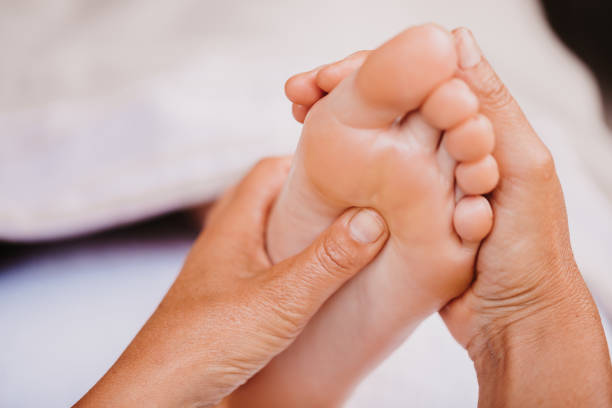
Stretches
The plantar fascia is a thick band of tissue on the bottom of your foot that connects your heel bone to your toes, creating the arch of your foot. When it gets tight, it causes pain and stiffness in the bottom of your feet and heels, especially when you first step out of bed or after long periods of sitting.
To ease this condition, stretching exercises are important. You should try these at least several times a day and be sure to stretch both the plantar fascia and the Achilles tendon. You may also want to ice the sore spot on your foot several times a day, and take nonsteroidal anti-inflammatory medications.
Plantar fasciitis is a common problem that affects people of all ages and fitness levels. The condition typically causes stabbing pain in the bottom of your foot near the heel. It’s usually the worst when you take your first steps after sleeping or sitting, after prolonged periods of standing or when you start exercising again after a long break.
One of the best and easiest plantar fasciitis stretches is to lean against a wall with the affected leg bent forward. With the other leg, place a towel under the foot. Slowly lift your foot until you feel a gentle stretch, then repeat the exercise. This helps to loosen the tissue in the calf muscles and feet, helping to relieve pain and swelling.
Medications
Some of the best remedies for sore feet are simple and inexpensive. For example, icing your foot or ankle reduces inflammation that can lead to pain. Apply ice to your foot for 15 minutes several times a day. This is especially useful after strenuous exercise or after you wear shoes that fit poorly.
You can also get relief by rubbing a heating pad on the bottom of your foot. You can find these at most drug stores and department stores. You can also try soaking your feet in warm water. In addition, sitting with your feet elevated above your heart decreases swelling in the feet and ankles.
Your podiatrist can prescribe different medications to ease aching feet. Oral analgesics like acetaminophen and nonsteroidal anti-inflammatory drugs (NSAIDs) like ibuprofen can relieve pain and inflammation. A COX-2 inhibitor, such as celecoxib (Celebrex), can also help. These medications have fewer side effects than older NSAIDs and may help with pain and inflammation, while reducing the risk of gastric ulcers.
There are many things that can cause achy feet, including high blood sugar levels (neuropathy), physical injuries, and certain types of arthritis. Your podiatrist can recommend stretching exercises, shoe padding, ice, rest, over-the-counter pain medication, or other treatment options to help relieve your symptoms. In some cases, your podiatrist can suggest surgery if other treatments don’t work.


